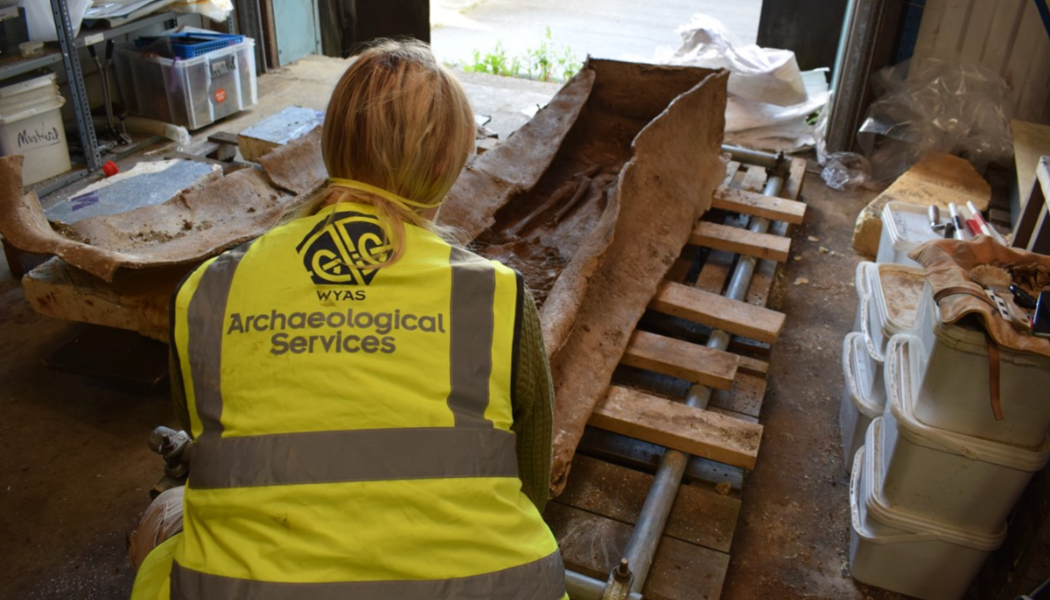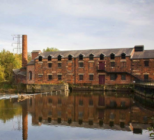An ancient lead coffin has been unearthed in a previously undiscovered 1,600-year-old cemetery in Leeds, and is set to go on display in an upcoming exhibition at Leeds City Museum.
The coffin is thought to contain the remains of a late-Roman aristocratic woman, and was discovered as part of an archaeological dig near Garforth in Leeds last year. The dig also revealed the remains of more than 60 men, women and children who lived in the area more than a thousand years ago.
Now the dig is complete, expert analysis of the remains will take place, including carbon dating to establish precise timeframes as well as detailed chemical tests.
Those buried in the cemetery are believed to include both late-Roman and early-Saxon people, with the burial customs of both cultures found in different graves.
Leeds City Council said it is hoped the remains can help archaeologists chart the transition between the fall of the Roman Empire in around 400AD and the establishment of the Anglo-Saxon kingdoms which followed.
Once analysis of the finds has taken place, the Council said it hoped the lead coffin can be displayed in an upcoming exhibition at the museum, which will explore death and burial customs from across the world.
Although the exact location remains confidential, the excavation was in part prompted by the previous, nearby discovery of late Roman stone buildings and a small number of Anglo-Saxon style structures.
Councillor James Lewis, leader of Leeds City Council and member of the West Yorkshire Joint Services Committee, said: “This is an absolutely fascinating discovery which paints a captivating picture of life in ancient Yorkshire.
“It’s also an incredible reminder of the history and heritage which exists beneath our feet, and we look forward to hopefully playing our part in telling this story to visitors to the museum.”
David Hunter, principle archaeologist with West Yorkshire Joint Services, said: “The lead coffin itself is extremely rare, so this has been a truly extraordinary dig.
“This has the potential to be a find of massive significance for what we understand about the development of ancient Britain and Yorkshire.
“When seen together the burials indicate the complexity and precariousness of life during what was a dynamic period in Yorkshire’s history.”










